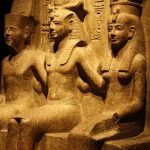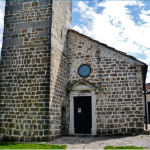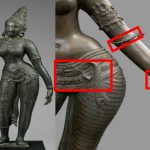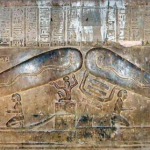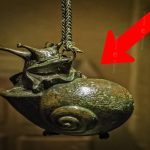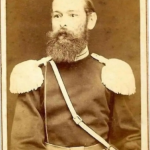Exploring the Majesty of the Palace of Knossos: A Journey into Minoan Civilization
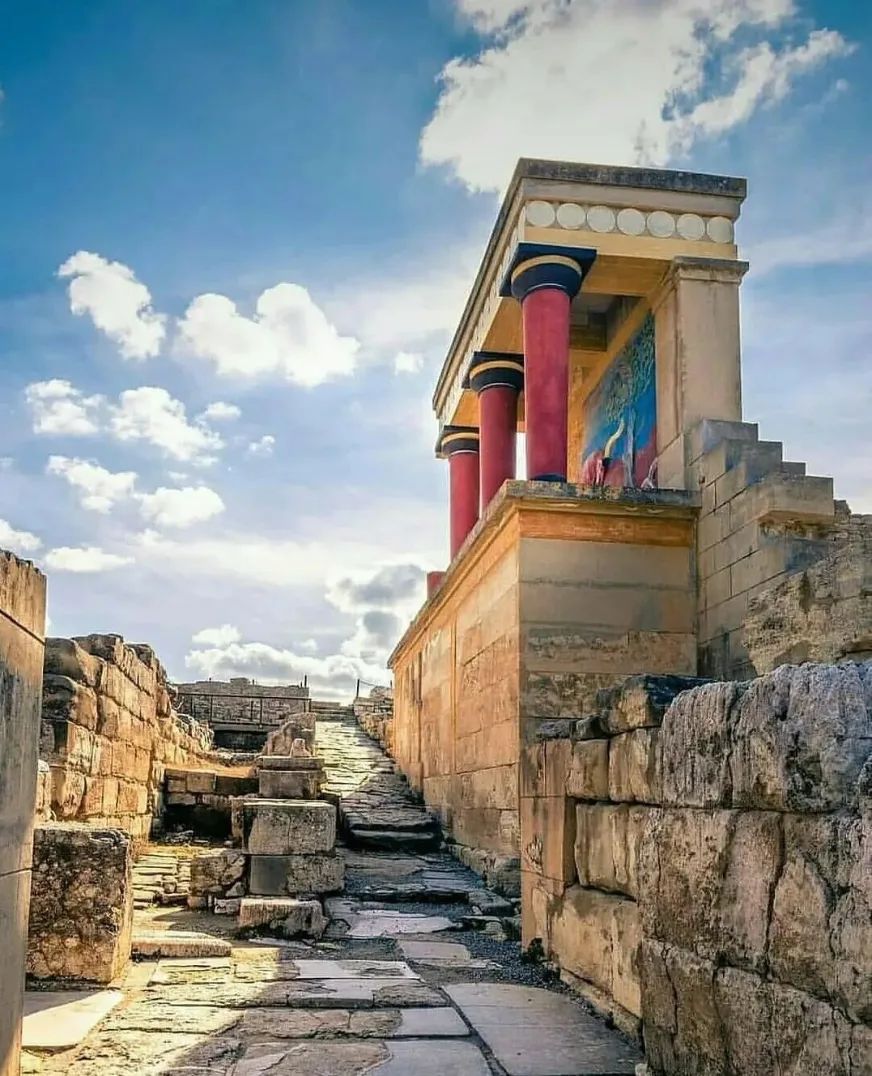
Nestled on the island of Crete, the Palace of Knossos stands as a testament to the grandeur and mystery of the Minoan civilization. With its vibrant frescoes, imposing columns, and intricate architecture, this ancient site offers a window into a world that thrived over 3,000 years ago.
A Glimpse into the Past
The Palace of Knossos, often referred to as Europe’s oldest city, was the political and cultural heart of the Minoans, who flourished between 2000 and 1400 BC. It was discovered by British archaeologist Sir Arthur Evans in the early 20th century, who meticulously restored parts of the site, allowing visitors to appreciate its former splendor.
Architectural Marvel
One of the most striking features of the palace is its architectural complexity. Unlike the uniform, rectangular structures typical of ancient Greece and Rome, Knossos is a labyrinthine complex of rooms, corridors, and courtyards. This unique layout has led some to speculate that the palace inspired the myth of the labyrinth and the Minotaur.
The vibrant red columns, reconstructed by Evans, are particularly iconic. They taper from top to bottom, a distinctive Minoan design that adds to the site’s visual appeal. The throne room, with its alabaster chair and griffin frescoes, and the grand staircase leading to the upper levels are just a few of the palace’s remarkable features.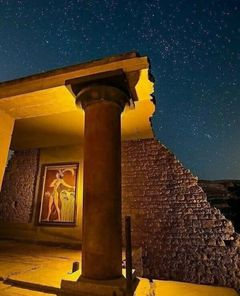
Art and Culture
The frescoes of Knossos are another highlight, showcasing the Minoans’ artistic prowess. These vibrant paintings depict scenes of nature, religious rituals, and everyday life. The “Prince of the Lilies,” a celebrated fresco, portrays a young man adorned with a crown of lilies, symbolizing the connection between the Minoans and their natural environment.
The palace also housed extensive storage facilities, reflecting its role as a center of trade and administration. Large pithoi (storage jars) found in the storerooms held oil, grain, and wine, indicating the wealth and prosperity of the Minoan society.
Mysteries and Legends
Knossos is shrouded in myth and legend. According to Greek mythology, it was here that King Minos commissioned the construction of the labyrinth to house the Minotaur, a creature with the body of a man and the head of a bull. The hero Theseus eventually slew the Minotaur, navigating the labyrinth with the help of Ariadne’s thread.
While these stories add a layer of intrigue, the true history of Knossos is equally fascinating. The palace was not just a royal residence but also a religious and administrative hub. Its advanced features, such as a sophisticated drainage system and elaborate frescoes, reflect a highly developed society.
Visiting Knossos Today
Today, the Palace of Knossos is a major tourist attraction, drawing visitors from around the world who are eager to explore its ancient ruins and learn about Minoan culture. Walking through the site, one can almost hear the echoes of the past—the bustling markets, the religious ceremonies, and the royal proclamations.
For those who cannot visit in person, virtual tours and detailed reconstructions are available, providing a glimpse into this fascinating world.
Conclusion
The Palace of Knossos is more than just an archaeological site; it is a portal to an ancient civilization that continues to captivate and inspire. Its architectural ingenuity, artistic beauty, and the legends that surround it make it a must-see for history enthusiasts and curious travelers alike.


